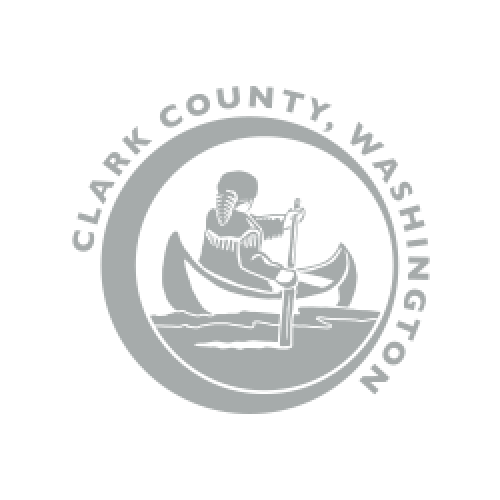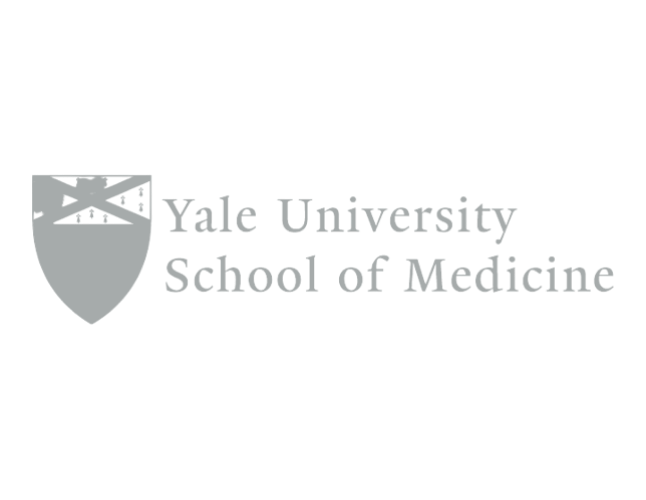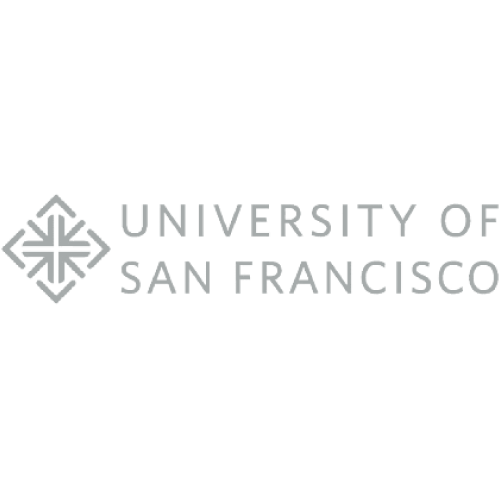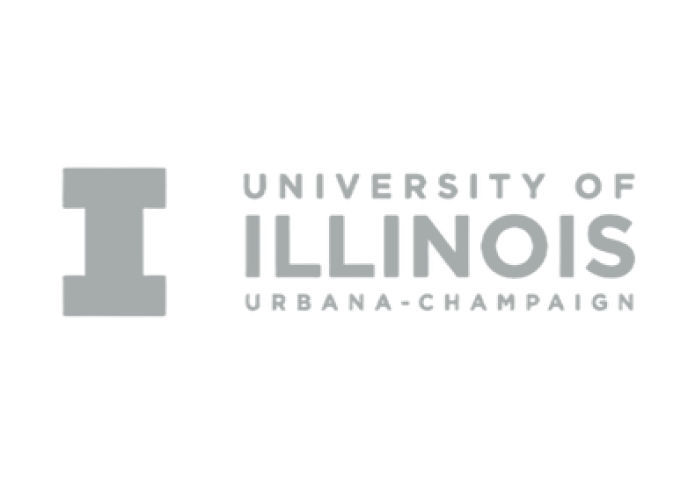IT Asset Management
In the context of IT service management, IT Asset Management (or shortly ITAM) is the systematic approach to managing an organization's IT assets throughout their lifecycle. The acquisition, deployment, utilization, maintenance, and disposal of assets are phases that ITAM involves. Additionally, it ensures compliance with relevant policies and regulations.
What Is IT Asset Management (ITAM)
The definition of IT asset management is about managing an organization's IT assets. This includes hardware like computers and servers, and software licenses and applications. It helps track assets, improving how resources are used and keeping up with rules.
Asset management tools work well in changing cloud environments. They help different organizations, as they map complex dependencies and tracking simple inventories.
Automating tasks frees up IT teams to focus on more important work. Tools like Slack improve how teams work together. Linking service desks to asset management software helps IT staff solve problems faster.
Why Is IT Asset Management Important
Companies spend a lot on technology, so managing these assets is key. It helps control costs and makes operations more efficient.
Good ITAM also reduces risks from software problems and not following rules. It keeps you aware of your assets in real-time. This helps you fix issues fast and stay safe. The benefits of ITAM go beyond saving money; they help your whole team work better.
ITAM also helps you make better choices. It gives you the data you need to plan ahead. Using ITAM the right way makes sure your tech matches your business goals. It also helps everyone work more efficiently.
Primary Objectives of ITAM
Knowing what IT Asset Management (ITAM) helps your company get the most out of its tech. ITAM focuses on tracking assets, cutting costs, following rules, and boosting performance. This makes your IT setup more efficient and safe.
Asset Inventory and Tracking
Having a clear asset inventory is vital. It means keeping an eye on all your IT stuff, like computers, software, cloud services, and IoT devices. A good system helps you find, use, and check your assets. It also keeps your IT safe from threats.
Cost Optimization
Reducing costs is a big part of ITAM. Good license management helps cut down on software costs. It finds unused licenses to free up or cancel. Using your assets wisely can also save money, as it helps you avoid costly fixes or new purchases.
Compliance and Risk Management
Staying compliant and managing risks are key in ITAM. It works with cybersecurity to make your IT safer. Managed assets help spot and fix risks and follow rules. This keeps your data safe and avoids legal troubles.
Performance and Productivity Improvement
Boosting performance and productivity is another goal of ITAM. It helps solve tech problems quickly. This keeps your team working smoothly. Regular upkeep and updates stop problems before they start, keeping your business running well.
Benefits of ITAM
IT Asset Management (ITAM) brings big benefits to companies. It's not just about saving money. It also improves how things work in many areas. Knowing these benefits helps use ITAM well.
Cost Savings
ITAM helps predict what you'll need to buy and cuts down on surprise costs. This is because of better management of assets.
Improved Compliance
Having a central database for software licenses helps you to follow the rules. It keeps records accurate. This avoids fines and makes audits easier.
Enhanced Security
ITAM makes security better, as it spots unauthorized devices. It helps manage risks and keeps devices in line with rules. This protects your assets from threats.
Informed Decision-Making
Having all the data on assets helps make better choices. It shows which assets are not being used much. This lets you use resources better.
Efficient Resource Allocation
Good ITAM helps use resources well. It tracks where devices are used. This makes choosing where to use assets easier.
Streamlined Operations
ITAM makes things run smoother. It keeps records up to date and makes audits easier. This saves time and makes operations better.
Lifecycle Management
Knowing an asset's whole life helps manage it better. It shows when warranties end and keeps rules followed. This is from start to end of an asset's life.
Enhanced Productivity
Managing assets well makes people work better. It cuts down on problems like compatibility issues. This makes your team more efficient and adds value to your business.
Risk Management
ITAM helps lower risks from bad asset management. It keeps track of where and who has assets. This protects your business from problems and waste.
Sustainability
ITAM helps the environment as it uses resources better. It cuts down on buying things you don't need. This makes IT more sustainable.
Key Components of ITAM
Understanding ITAM's key components helps you manage your IT resources well. These parts help streamline processes, optimize asset use, and ensure compliance. Let's explore the essential elements for a strong IT asset management framework.
Asset Discovery and Inventory
Asset discovery is about finding and listing all IT assets in your organization. It tracks physical and digital assets accurately. Asset management software can automate this, making sure all assets are accounted for.
Having a detailed inventory with asset name, model, location, and lifecycle stage helps in making better decisions. It also improves visibility.
Asset Tracking and Lifecycle Management
Good asset tracking lets you follow each IT asset's life, from start to end. A lifecycle management plan helps you see what assets are needed now and in the future. This approach reduces downtime and boosts productivity.
Software License Management
Software license management ensures you follow licensing rules. Tracking renewals, expirations, and usage helps avoid legal and financial issues.
Using software license management tools makes this easier. It helps you stay compliant and save on software costs.
Financial Management
Financial management in ITAM deals with budgeting, forecasting, and cost analysis of IT assets. It helps optimize costs and understand asset value and return on investment. Integrating financial management into your strategy leads to better resource use and informed buying.
How to Get Started with ITAM
Starting IT asset management needs a clear plan. First, look at what you're doing now to manage assets. Find out what works and what doesn't. You should know about all your IT assets, like computers, phones, software, and cloud services.
Then, make a detailed list of all your assets. This will show you what's missing and what needs work. Set goals for IT asset management, like better security, lower costs, and following rules.
Choosing the right tools for ITAM is key. Look for tools that automate, integrate well, and are easy to use. These tools help manage your IT assets from start to finish. Make sure your team knows how to use these new systems.
Creating a team effort around asset requests can make things better. Encourage everyone to talk about their needs clearly. Start with the most important assets first. Keep checking and updating your ITAM plan to stay on track with your goals.
How to Choose an IT Asset Management Software
Choosing the right IT asset management tools helps you use your resources well. A good software selection guide helps make the process easier. It ensures you pick software that meets your needs. Here are important things to think about when picking ITAM software:
Define Your Needs
First, know what you need. Think about the features and scale you require. Also, consider what specific features are important for your organization.
Consider Scalability
Your IT asset management software should grow with your business. Look for solutions that can handle more work and users as your business gets bigger.
Integration Capabilities
Check if the software works well with your current systems to keep your workflow smooth.
User-Friendliness
Choose software that's easy for your team to use. A simple interface means less training time and better adoption rates.
Deployment Options
There are different ways to deploy software, like cloud-based or on-premises. Pick the option that fits your needs and infrastructure best.
Customization and Flexibility
Make sure the software can be customized to fit your organization's unique needs. Flexible solutions can change as your needs do.
Reporting and Analytics
Good reporting and analytics help you track usage and spending. They give you insights into how your IT assets are doing and if they're in compliance.
Vendor Reputation and Support
Look into the vendor's reputation and support. A reputable vendor means you'll get good support and updates for a long time.
Security Features
Security is a must when managing IT assets. Make sure the software has the security features you need to protect data and meet regulations.
Cost Considerations
Look at the costs of each option carefully. This includes licensing fees, support costs, and any future upgrade expenses. Make sure it fits your budget.
Trial Period or Demo
Use trial periods or demos to try out the software. This hands-on experience helps you see if it meets your needs.
User Feedback
Read reviews and ratings from other users. Sites like G2 and Capterra offer insights into what others think of solutions like Zluri and ManageEngine AssetExplorer.
Compliance Features
Make sure the software has good compliance features. Good software can help you follow ISV license use rights and reduce software risk.
Optimize Your IT Asset Management with Kohezion
Kohezion offers a flexible solution to manage and track your IT assets. This helps avoid losing up to 30% of your budget due to bad asset management.
With Kohezion, you save your company's money and meet legal requirements. This keeps your finances safe and following the law.
Kohezion has strong reporting tools for making smart choices with the right data. It lets you keep an eye on how well your assets are doing and how they're used. This way, you can find and fix any assets that aren't being used well.
This approach can cut down on IT costs and make your work easier. Daily tasks become smoother and more efficient.
Also, using Kohezion's ITAM solutions makes your employees happier and more involved. Better asset management and IT resource use create a better work place. This can make your team 25% more productive.
Frequently Asked Questions
While ITAM focuses on managing the lifecycle of IT assets, IT Service Management (ITSM) centers around delivering and managing IT services to end-users. ITAM can be seen as a subset of ITSM that specifically deals with asset management.
An ITAM program should include all types of IT assets, such as hardware (servers, computers, network devices), software (applications, licenses), cloud services, and any other technology resources that contribute to business operations.
Organizations should conduct IT asset audits regularly, ideally at least annually. However, the frequency may vary based on asset types, compliance requirements, and organizational needs. Regular audits help maintain accurate records and ensure compliance.






